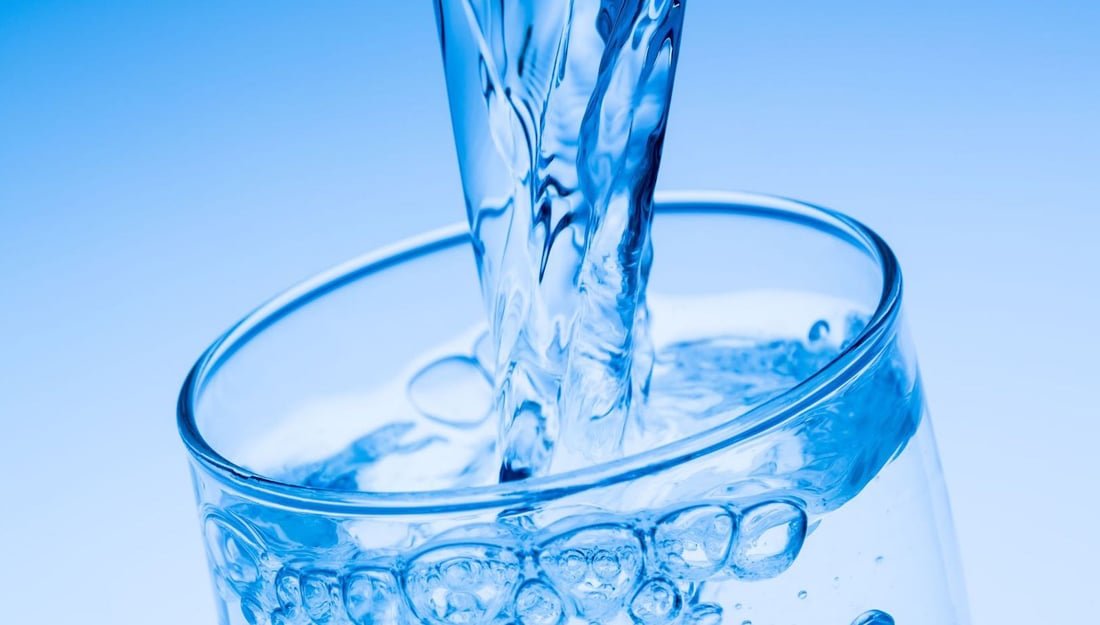Health
3 Ways to Purify Water during an Emergency

Can you imagine surviving a flood, bushfire, or cyclone with every member of your family safe and sound, only to realize you’re stuck in the middle of town with no signs of oncoming rescue?
Now imagine further that your clean water source won’t last you even for a week.
What would you do?
You would be lucky to have a trusty water purifier to remove the contaminants from a typically unclean water source like tap water, rainwater, or even flood water. You’ll need to be prepared considering Australia’s history with natural disasters.
Even without an emergency, it’s best to invest in purifiers now to ensure you’ll get the full benefits of healthy drinking water.
If you still don’t have a water purifier, you’re still in a little bit of luck because we’ll show you water purifying emergency treatments that every household should know.
Storing safe water
Preparation is still the key, especially when dealing with emergencies. The best water source during these times is the one you stored.
You need to store enough water for at least three days. Consider that every person needs one gallon per day.
Factory-sealed bottled water is always best. The water bottles are durable and can last in your basement or storage room for a long time. But always check the expiration date and replace when needed.
If you want to save some money and fill your water containers, you need to make sure the water is safe. A water purifier will do the trick, eliminating any bacteria, virus, or harmful chemicals.
Ensure your water container is thoroughly washed, sealed, and stored in a dark, cool place. It would be best if you replace them every six months.
Boiling water
Boiling is the best way to destroy disease-causing organisms. You probably already know this from survival TV shows and movies. But what you don’t know is that boiling is useless against chemical pollutants. So, don’t look at this method as a foolproof solution.
You can boil tap water, rainwater, and water from rivers, streams, natural springs, and ponds for purification.
But take note: you should filter cloudy water before boiling. You can use coffee filters, cheesecloths, paper towels, or a cotton plug in a funnel for filtration.
As for the boiling method, you need to bring the water to a rolling boil for at least a minute. You also need to add two drops of household bleach for every gallon of water to maintain its quality while in storage.
Adding liquid chlorine bleach
You’re going to need any household bleach you find, like Purex or Clorox. Make sure that they are 5.25-8.25% water.
Stay away from bleach that contains additives like dyes or perfume if you don’t want your tummy to suffer while smelling good.
For the purifying process, make sure that cloudy water gets filtered before you start adding bleach. Start by placing the water in a clean container. Then add the bleach in a ratio of ¼ teaspoon per gallon of water. Mix properly and set aside for at least an hour before drinking.
Words of caution
Knowing these tips does not mean that you can turn any water source into drinking water. A false sense of security may make this guide counterproductive. Remember that chemicals like oil, pesticides, fuel, metal, etc., will not be affected by boiling or bleach.
It is always better during emergencies to either have a state-of-the-art water purifier or store clean water thoroughly purified.
-

 Celebrity4 weeks ago
Celebrity4 weeks agoIs YNW Melly Out Of Jail? What Is The YNW Melly Release Date, Career, Early Life, And More
-

 Sports4 weeks ago
Sports4 weeks agoMore Than Just a Game: How College Sports Can Shape Your Future
-

 Tech3 weeks ago
Tech3 weeks agoAI Software: Transforming the Future of Technology
-

 Tech3 weeks ago
Tech3 weeks agoAll About Com. Dti. Folder Launcher: Features, Benefits, Tips, And More













